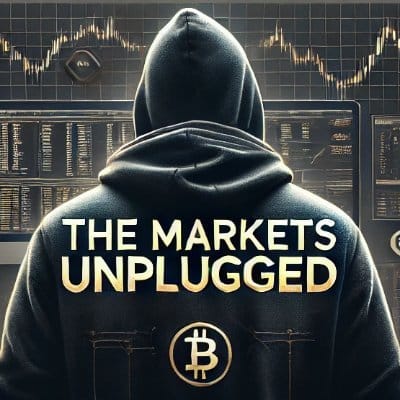Introduction
Gas fees are the operational costs for executing transactions on blockchain networks. These fees can vary widely, influenced by network congestion and transaction complexity. Ethereum, known for its high gas fees during peak times, contrasts with other networks like Binance Smart Chain (BSC), Solana, and Polygon, which have become favoured in 2024 for their lower fees and quicker transaction speeds.
What Are Gas Fees?
Gas fees are essentially the price users pay for the computational resources required to process transactions or smart contracts on a blockchain. On Ethereum, these fees are measured in gwei (1 gwei = 0.000000001 ETH) and can spike significantly during high network activity, such as during major DeFi events or NFT drops in 2024.
Just like buying a concert ticket online comes with a "service fee," gas fees are what keep the blockchain running. If too many people try to buy tickets at once, those fees can skyrocket due to increased demand. Similarly, Ethereum’s gas fees increase when its network is congested, such as during a popular NFT sale.
Comparing Ethereum, Binance Smart Chain, and Solana
- Ethereum continues to have higher gas fees due to its extensive usage and complex smart contracts. Even with Ethereum 2.0 and Layer 2 solutions, costs can remain high during peak periods.
- Binance Smart Chain (BSC) offers much lower fees and faster confirmation times, making it an attractive alternative for DeFi users who want to save on transaction costs.
- Solana stands out by handling high transaction volumes at minimal cost, thanks to its unique consensus mechanism. Its low fees and fast transaction speeds make it ideal for users looking to avoid Ethereum's higher costs.
- Polygon, as a Layer 2 solution for Ethereum, offers transactions at a fraction of the mainnet's gas fees, making it a go-to network for those seeking lower costs.
Imagine trying to send $100 via Ethereum during a busy period – you could end up paying as much as $20 in fees. However, with BSC, you might only pay $0.50, and Solana could charge even less, making it a better choice for smaller transactions.

Impact of Gas Fees on Users
High gas fees can discourage users from smaller transactions. For example, much like how you might avoid withdrawing $10 from an ATM if it charges $5, users may seek alternatives like BSC, Solana, or Polygon when Ethereum’s gas fees become prohibitive. The rise of these lower-cost networks in 2024 is a testament to users opting for more affordable blockchain solutions.
Conclusion
Gas fees are a vital aspect of using blockchain networks. As Ethereum continues to upgrade and competitors like BSC, Solana, and Polygon gain traction, users can now manage transaction costs more efficiently. Choosing the right blockchain for your transaction needs can significantly lower your expenses, making blockchain technology more accessible and practical for everyday use.
Support Our Work
Click the support button at the bottom of the page. If you appreciate the content we provide and want to see more high-quality crypto insights, your support would mean the world to us. Your generosity helps keep our community informed and engaged—thank you!














Discussion